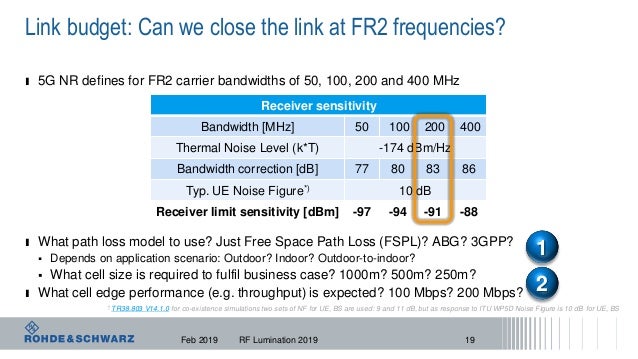Relative to the bandwidth we can use the reference level of 174 dbm hz and simply multiply it by the actual bandwidth of the radio channel.
Thermal noise floor 174.
To convert the noise power to db watts use 10 times the log of the noise power in watts.
Thermal noise is relatively well understood in fets and should form the core of any model.
When drift current dominates the thermal noise is a function of the channel conductance whereas in moderate and weak inversion the diffusion component gives rise to shot noise.
The noise resulting from thermal agitation of electrons is referred as thermal noise.
Let s calculate the thermal noise floor of the 200 khz.
Thermal noise is the most widely used but it may also be called johnson nyquist noise johnson noise or nyquist noise.
Thermal noise spectrum is gaussian in shape.
A good model should capture the drain noise current accurately in all.
Following equation or formula is used for thermal noise power and voltage calculator.
In the absence of any broadband noise sources 1 f noise or brownian noise the minimum noise level you can hope to measure in an electronic system is the thermal noise floor.
Johnson nyquist noise thermal noise johnson noise or nyquist noise is the electronic noise generated by the thermal agitation of the charge carriers usually the electrons inside an electrical conductor at equilibrium which happens regardless of any applied voltage thermal noise is present in all electrical circuits and in sensitive electronic equipment such as radio receivers can.
Mds 10log kto 1e3 nf 10log bw snr the equation above indicates several ways in which the minimum detectable signal of a receiver can be improved.
This noise gained its various names because this noise was first detected and measured by john b.
It is measured in noise power units of dbm or watt or noise voltage.
1 hz noise floor equates to a noise power of 174 dbm so a 1 khz bandwidth would generate 174 10 log 10 1 khz 144dbm of noise power the noise is thermal noise johnson noise.
Analyzing noise in general can be difficult as there are a variety of intrinsic noise sources and these intrinsic noise sources are unique to different systems.
Thermal noise floor k joules k t k b hz the resulting noise is in joules second or watts.
Thermal noise in a 50 ω system at room temperature is 174 dbm hz.
Noise power of 174 dbm hz is the reference for any noise power calculation when designing rf systems working at room temperature.
It is then easy to relate this to other bandwidths.
Thermal noise power and voltage equation.
Noisefloor 10 log10 k t b 10 log10 1 38 10 23 290 1 hz.

